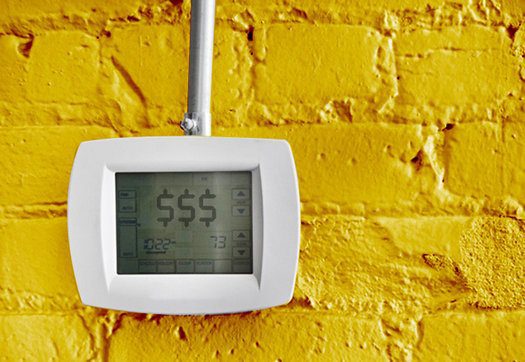
But provision of heat is responsible for half as much climate impact as electricity, or as much as transport. And often the equipment that uses gas or oil uses a lot of electricity as well. Recent rapid increases in gas prices and price volatility have focused attention on reducing dependence on gas, much of which provides heat.
Australia’s emissions from burning fuels for heat production are broken down in the pie chart below.
There is exciting potential to cut these emissions by measures including improved energy efficiency, rethinking industrial processes to reduce the need for heat, and switching from gas and oil to high efficiency electric technologies driven by renewable electricity.
Many households are already moving away from gas to high efficiency reverse-cycle air conditioners, heat pump water heaters and induction cooking. But we need better insulated hot water tanks and ovens, as well as thermally efficient buildings and smart electricity management systems, to minimise costs and maximise benefits.
In the commercial sector, gas use, mainly for space heating, hot water and cooking, is often appallingly inefficient. Inefficient (often old and poorly maintained) boilers, large losses from pipes and ducts, poor control systems, thermally poor buildings, and inefficient gas cooking provide very large potential for savings. Past low gas prices have led many to be sloppy in their use of gas.

Gas use in industry is often surprisingly inefficient, too. When losses from poorly insulated steam pipes and leaky fittings, ancient and inefficient boilers up to 50 years old and inefficient process equipment are considered, the waste is staggering.
Under the Energy Efficiency Opportunities program (shut down by the Abbott government, despite outstanding cost-effectiveness and global recognition), companies were required to develop computer models of the energy and material flows through their processes and to benchmark efficiency against theoretical optimums.
Many firms, and their experienced engineers, were very surprised by the scale of inefficiency and the scope for cost-effective efficiency improvement.
Industrial-scale electric heat pumps can now efficiently provide steam using renewable electricity. Improved catalysts are reducing the temperatures of processes. Green chemistry and advanced metallurgy are creating more productive processes, higher quality products and lower process temperatures.
Smart controls and monitoring systems reduce reject rates (and the energy wasted producing items that can’t be sold). Improved heat recovery and heat/cool storage increase flexibility and allow previously wasted energy to be utilised.
At the point of use of products, ‘virtual’ solutions are replacing physical products and movement. These include weight reduction and shifting to lower emission impact materials (e.g. engineered timber replacing steel and concrete, and cement made from geopolymers). Increased recycling means lower temperature, less energy-intensive processes replace production of virgin materials.
We are also seeing exciting potential to replace fossil fuels with renewable energy across all combustion activities: ARENA recently funded a study that explored these possibilities.
Across all elements in the supply chain, the multiple bene ts of new solutions, ranging from cooler commercial kitchens to lower reject rates and improved staff productivity, amplify the energy benefits.
The big question is whether Australians will capture these opportunities or continue to see themselves as victims of change. Maybe the emerging focus on energy productivity and innovation can help.
Alan Pears is a Senior Industry Fellow at RMIT University, advises a number of industry and community organisations and works as a consultant. This article first appeared in Renew magazine, reproduced with permission of the author.








